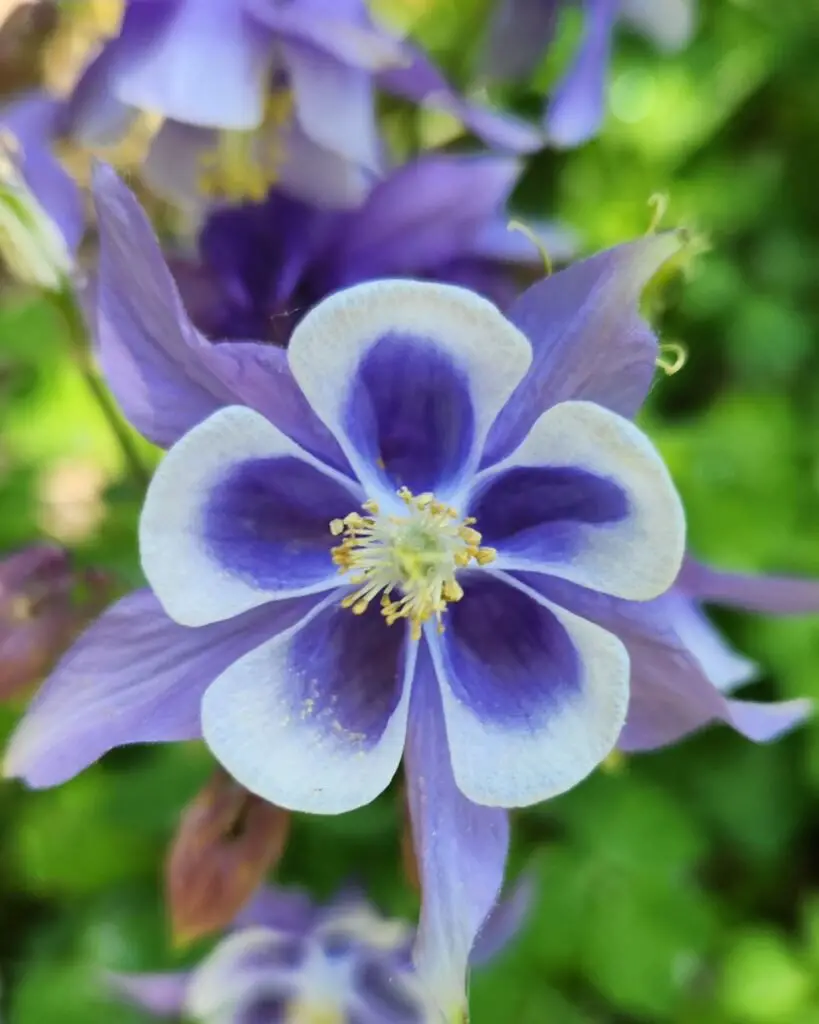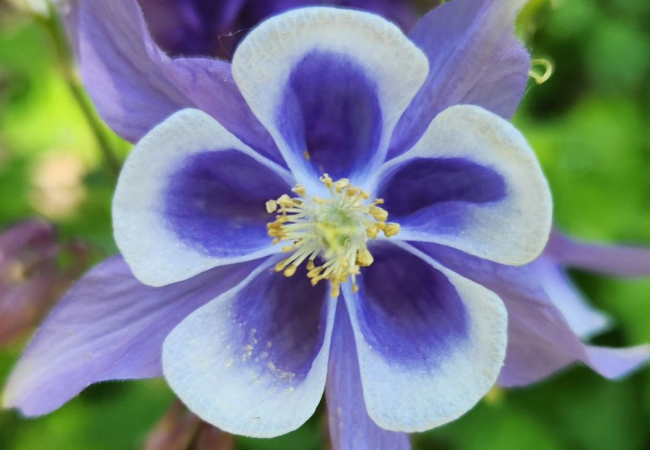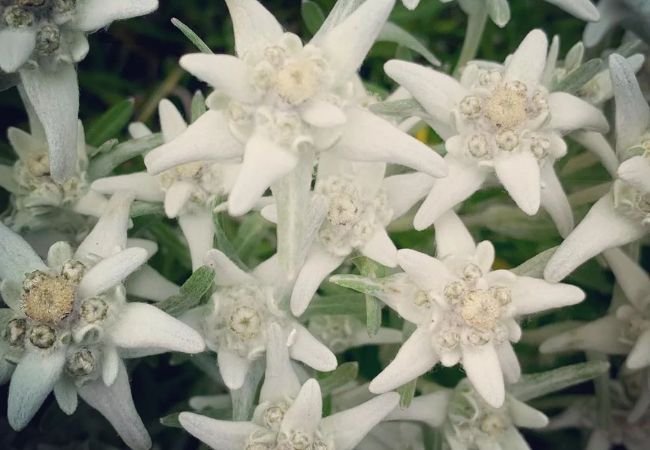Discover the charm of Columbine Flowers. Learn how to grow, care for and enjoy these unique blooms in your USA garden. Perfect for both new and experienced gardeners looking to add a touch of whimsy to their outdoor spaces.
Have you ever seen a flower that looks like a group of tiny doves? That’s the Columbine! These pretty flowers are loved by gardeners and hummingbirds alike. Let’s learn how you can grow and enjoy Columbines in your own garden.
Here’s an easy and verified chart for Columbine:
| Category | Details |
|---|---|
| Botanical Name | Aquilegia spp. |
| Common Name | Columbine |
| Plant Type | Herbaceous perennial |
| Hardiness Zone | Zones 3-9 (depending on species) |
| Sun Exposure | Full sun to part shade |
| Soil Type | Well-draining, fertile soil |
| Watering Needs | Average; prefers consistently moist soil |
| Growth Habit | Upright, clump-forming |
| Height/Spread | 1-3 feet tall, spread of 1-2 feet |
| Special Features | Unique spurred flowers in various colors (blue, pink, yellow, white); blooms in spring to early summer; attracts hummingbirds and butterflies; deer resistant |
What are Columbine Flowers?

Columbine flowers, also known as Aquilegia, are unique-looking blooms with spurred petals. They come in many colors like purple, blue, red, yellowand white. Columbines are known for their delicate, drooping flowers that resemble little birds in flight.
Types of Columbine
There are many types of Columbine, but some popular ones in the USA are:
- Aquilegia canadensis – Eastern Red Columbine
- Aquilegia caerulea – Rocky Mountain Columbine
- Aquilegia vulgaris – European Columbine
Where Do Columbines Grow?
Columbines can grow in many parts of the USA. They do well in USDA hardiness zones 3-9, which covers most of the country. This means you can probably grow Columbines no matter where you live!
How to Grow Columbines
Growing Columbines is pretty easy. Here’s what you need to know:
Planting:
- Plant in spring or fall.
- Choose a spot with partial shade.
- Use well-draining soil.
Care:
- Water regularly, especially when young.
- Fertilize lightly in spring.
- Cut back foliage after flowering if desired.
Common Problems:
- Watch for leaf miners, small insects that damage leaves.
- Protect from slugs and snails.
Uses of Columbine
In the Garden:
- Plant in flower beds or borders.
- Use in woodland or rock gardens.
- Grow in containers on patios or balconies.
For Wildlife:
- Attract hummingbirds and butterflies to your garden.
For Decoration:
- Cut flowers for short-lived but beautiful bouquets.
Interesting Facts About Columbine
- The name “Columbine” comes from the Latin word for “dove” because the flowers look like a group of doves.
- Native Americans used Columbine flowers to make a perfume.
- Columbines are the state flower of Colorado.
Growing Tips
- Columbines like cool weather and may go dormant in hot summers.
- They self-seed easily, so you might get new plants each year.
- Different types of Columbines can cross-pollinate, creating new color combinations.
Possible Challenges
- Columbines are short-lived perennials, usually lasting 3-5 years.
- They can be prone to fungal diseases in humid conditions.
Columbines Through the Seasons
Spring: New growth appears, plants start flowering.
Summer: Flowering continues, plants may go dormant in hot weather.
Fall: Collect seeds if desired, cut back dead foliage.
Winter: Plants are dormant, plan for next year’s garden.
Columbine flowers are a delightful addition to any garden. They’re easy to grow, attract wildlife and add a unique touch to your outdoor space. Why not try planting some Columbines in your yard this year?
Remember, gardening is about enjoying nature and learning new things. Have fun with your Columbine flowers!
For more gardening tips and plant care guides, visit usagardenhub.com.






